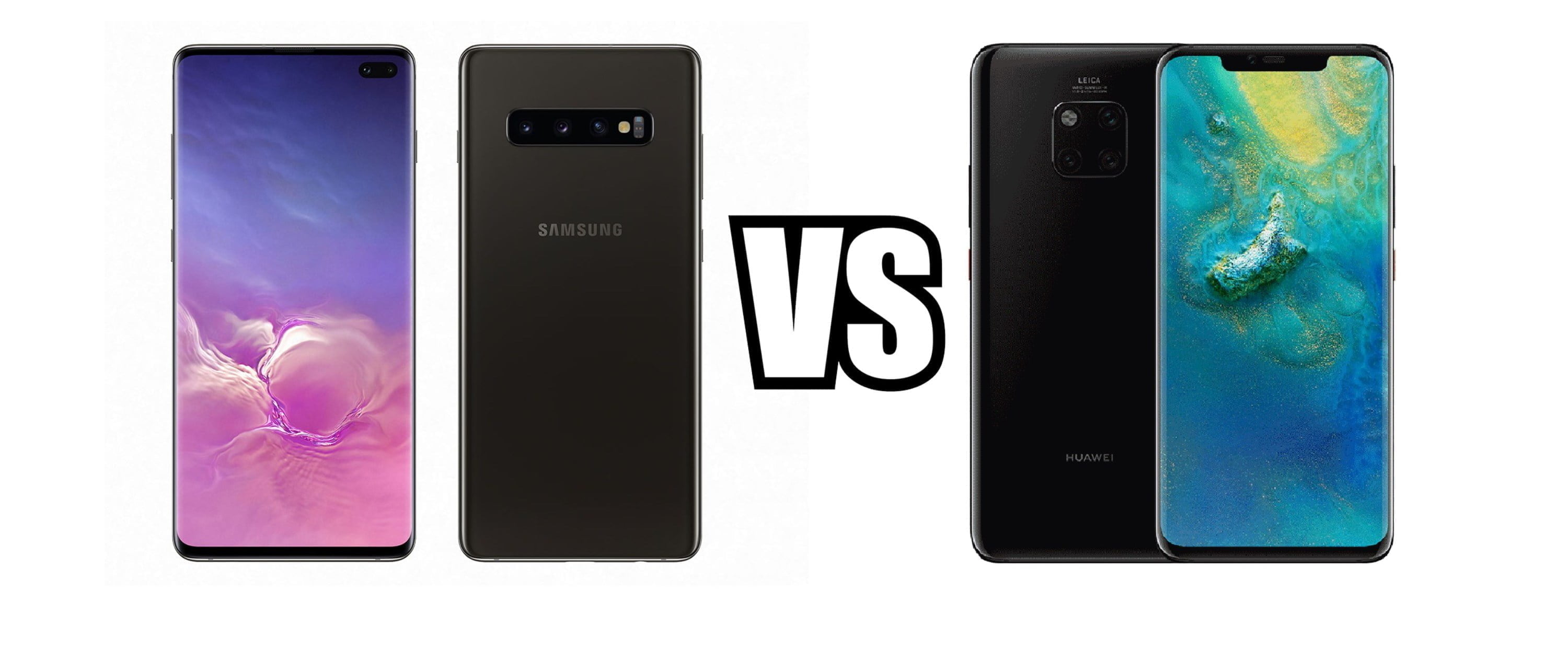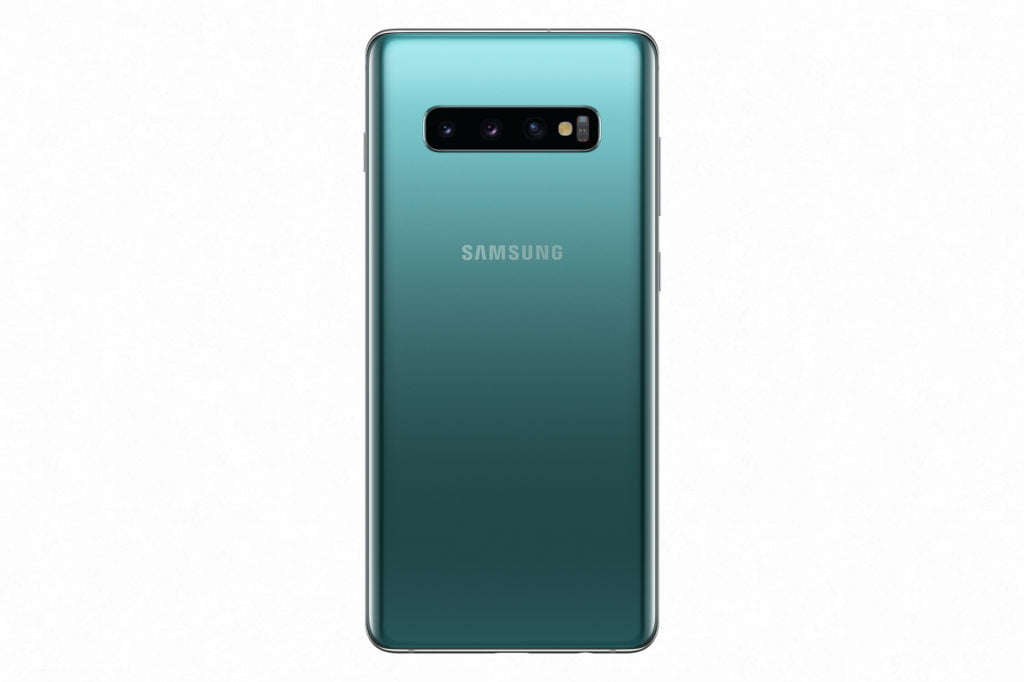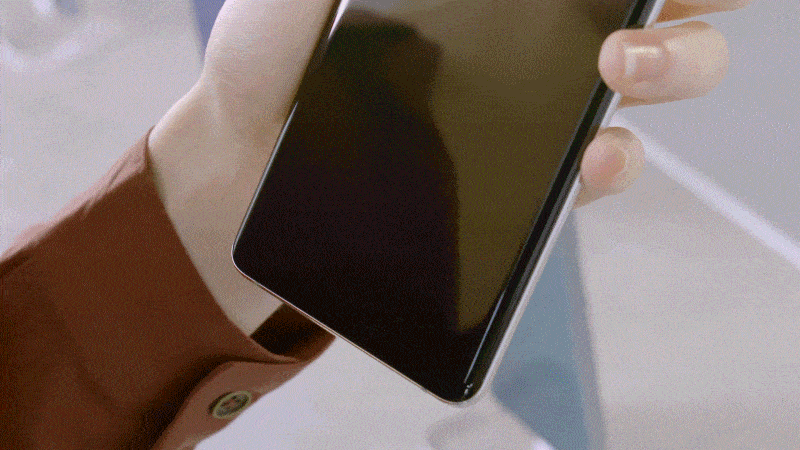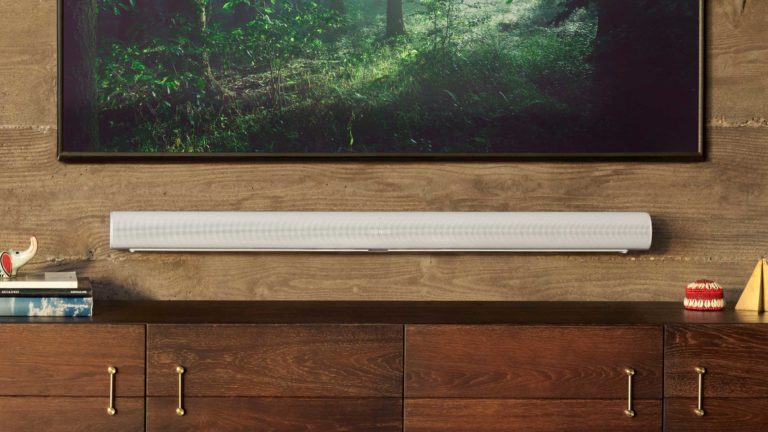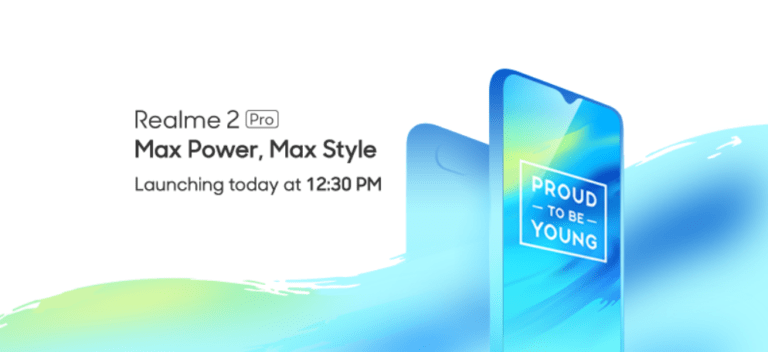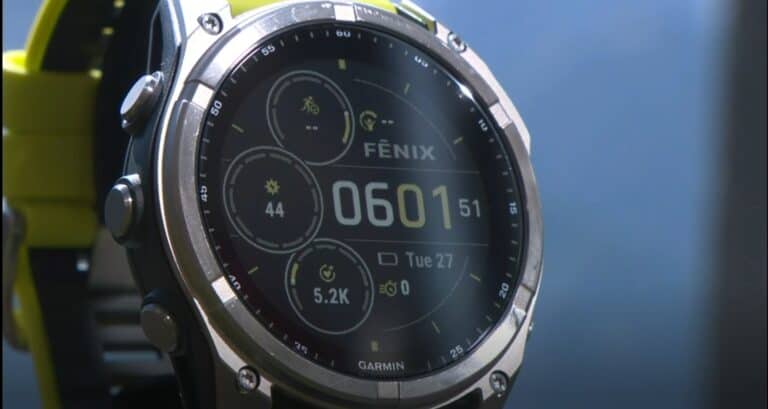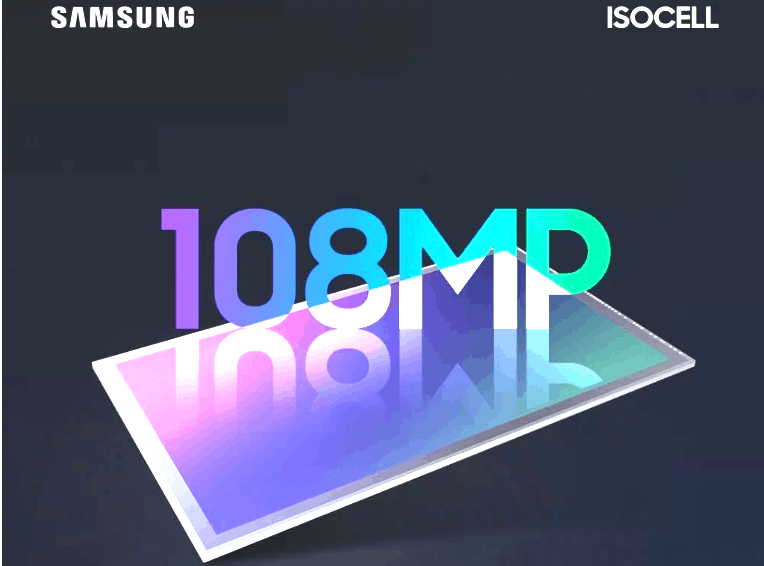Any links to online stores should be assumed to be affiliates. The company or PR agency provides all or most review samples. They have no control over my content, and I provide my honest opinion.
The launch of the Samsung Galaxy S10 series is the start of an influx of flagship phones for 2019 that will be using the Qualcomm Snapdragon 855/Exynos 9820 system on chip. Since October, Huawei has sat comfortably knowing they have one of, if not the best phone on the market with the Mate 20 Pro, this is not just my subjective opinion but an opinion shared by many bloggers, journalists and consumers alike. Featuring the HiSilicon Kirin 980 this phone outclassed the Qualcomm 845 in most aspects, but that is all set to change with the SD855 and the Exynos 9820 which offers comparative and possibly superior performance.
If you are on the lookout for a flagship phone which is going to cost £600+, then you may be best waiting another week just to see what all the other companies have to offer at MWC. However, in the meantime, we can look to see if Samsung is going to dethrone the Mate 20 Pro for the best phone on the market.
Price
I am very cost conscious, and I assume most buyers are similar, so first and foremost which is the cheapest? The Mate 20 Pro launched with an RRP of £899 and this is the same price as the Samsung Galaxy S10+ currently, you could also opt for the standard S10 which is £799. At the time of writing the Mate
There is also the S10e but I feel like the specifications of this are slimmed down enough not to make a comparison. I would say this phone is better compared to the Honor View 20.
[content-egg module=Amazon template=list]
Design and Display

The Mate 20 Pro is a hefty 189g vs 175g of the S10+, the dimensions are too similar to worry about, though the Huawei sits at 0.8mm thicker.
They are both primarily large slabs of glass so not a great deal of difference aesthetically, the Huawei even has curved edges similar to the S10 design. The most significant difference is how the front camera affects the design. With Huawei you have a large notch, it doesn’t bother me too much, but I don’t think that anyone is going to argue about the Samsung Infinity O design being better. On the smaller S10 it is just one small hole, but with the S10+ it is a double hole to accommodate the 8MP front camera.
Both phones feature AMOLED displays running at 1440 x 3040 pixels, and they have
Chipset, RAM and storage
This is a contentious topic and different benchmarks will give different results. The Huawei uses the HiSilicon Kirin 980 which features 2×2.6 GHz Cortex-A76 & 2×1.92 GHz Cortex-A76 & 4×1.8 GHz Cortex-A55.
Samsung has two variants, one using the SD855 which will be used in the USA, while us Brits and the rest of Europe get the Exynos 9820. The Exynos is has 2×2.7 GHz Mongoose M4 & 2×2.3 GHz Cortex-A75 & 4×1.9 GHz Cortex-A55. The SD855 has 1×2.8 GHz Kryo 485 & 3×2.4 GHz Kryo 485 & 4×1.7 GHz Kryo 485.
We will no doubt see lots of benchmarks in the near future and I would not be surprised if the SD855 ends up being the best chip on the market. For your average user though, the performance differences will be negligible in real life, and I wouldn’t stress about what chipset you are running.
The Samsung does, however, offer superior RAM and storage options. The base option, which most people go for is 128GB of storage which can be upgraded via microSD and 8GB RAM. The Huawei has 6GB of RAM and 128GB of storage, this can also be upgraded, but it uses the much more expensive proprietary nanoSD storage.
Cameras
A phones ability to work as a camera has become one of the defining features of a phone in recent years. The hardware specification doesn’t always paint a clear picture, the Pixel 3XL quite often receives very favourable reviews, many people stating it is better than Huawei, but on paper, it is lower specced.
The Huawei appears to have the superior rear camera arrangement with its 40 MP f/1.8 lens plus 20 MP, f/2.2 ultrawide lens and 8 MP, f/2.4 telephoto giving a 5x optical zoom.
Samsung has a variable focal lens for its primary with 12 MP, f/1.5-2.4 then 12 MP, f/2.4 and 16 MP, f/2.2
The front cameras are 24 MP, f/2.0, 26mm (wide) for the Huawei with a TOF sensor for 3D imaging. Then 10 MP, f/1.9, 26mm (wide) and 8 MP, f/2.2, 22mm (wide) with depth sensor for the Samsung
DxOMark has reviewed the S10+ and have it at an equal score with the Mate 20 Pro. However, the Samsung comfortably outperforms the Mate 20 Pro with the selfie camera scoring 96 vs 75.
A lot of people don’t like DxOMark starting that the reviews are paid for, but this is the best comparison we have at the moment.
Battery
Samsung has finally ditched the small batteries, and the new S10+ has increased the battery size from 3500 to 4100 mAh battery between generations. This puts it almost level with the Mate 20 Pro which has a 4200 mAh battery
The Mate 20 has 40W fast charging if you have one of their expensive chargers while the Samsung is 15W. They both feature 15W wireless charging and they both have reverse wireless charging.
Software
Both phones have Android Pie, and they both are customised with their respective UI. Samsung has One UI and Huawei has EMUI 9. A lot of people don’t seem to like EMUI 9, I personally don’t mind it, if you are particularly fussy, then it is probably best to try out both phones before you buy as this will be a subjective opinion.
Comms
I wouldn’t usually bother comparing some of the coms, but the Samsung does have some notable features making it superior to the Mate 20.
This is the first phone to feature the Wi-Fi 6 standard, no consumer routers support it yet, but several have been announced.
Both phones have BT5.0, A2DP, LE, aptX but the Huawei is slightly better with aptX HD.
Samsung also has Ant+ in their phones, which I only realised today, this should allow you to connect to various fitness accessories. It also has an FM radio too.
Overall
Overall there is not a huge difference between the two phones and which one is better will be subjective. I suspect many reviewers will claim the Samsung is best, but for your average user, a fractionally better camera, or 5% performance gain is mostly academic.
For me, as a tight-fisted northerner, I would likely choose whichever phone is the cheapest at the time, and this is currently the Huawei Mate 20 Pro. The Samsung will drop a bit in price following launch but Huawei is quite aggressive with their marketing and this is often reflected in their pricing strategy.
[content-egg module=Amazon template=list]
Full specification comparison
| LAUNCH | Announced | 2019, February | 2018, October |
|---|---|---|---|
| BODY | Dimensions | 157.6 x 74.1 x 7.8 mm (6.20 x 2.92 x 0.31 in) | 157.8 x 72.3 x 8.6 mm (6.21 x 2.85 x 0.34 in) |
| Weight | 175 g / 198 g (ceramic) (6.17 oz) | 189 g (6.67 oz) | |
| Build | Back glass (Gorilla Glass 5), aluminum frame | Front/back glass (Gorilla Glass 5), aluminum frame | |
| SIM | Single SIM (Nano-SIM) or Hybrid Dual SIM (Nano-SIM, dual stand-by) | Single SIM (Nano-SIM) or Hybrid Dual SIM (Nano-SIM, dual stand-by) | |
| - Samsung Pay (Visa, MasterCard certified) | - IP68 dust/water resistant (up to 2m for 30 mins) | ||
| - IP68 dust/water proof (up to 1.5m for 30 mins) | |||
| DISPLAY | Type | Dynamic AMOLED capacitive touchscreen, 16M colors | AMOLED capacitive touchscreen, 16M colors |
| Size | 6.4 inches, 102.2 cm2 (~87.5% screen-to-body ratio) | 6.39 inches, 100.2 cm2 (~87.9% screen-to-body ratio) | |
| Resolution | 1440 x 3040 pixels, 19:9 ratio (~526 ppi density) | 1440 x 3120 pixels, 19.5:9 ratio (~538 ppi density) | |
| Protection | Corning Gorilla Glass 6 | Corning Gorilla Glass 5 | |
| - Always-on display | |||
| PLATFORM | OS | Android 9.0 (Pie); One UI | Android 9.0 (Pie); EMUI 9 |
| Chipset | Exynos 9820 Octa (8 nm) - EMEA | HiSilicon Kirin 980 (7 nm) | |
| Qualcomm SDM855 Snapdragon 855 (7 nm) - USA/LATAM, China | |||
| CPU | Octa-core (2x2.7 GHz Mongoose M4 & 2x2.3 GHz Cortex-A75 & 4x1.9 GHz Cortex-A55) - EMEA | Octa-core (2x2.6 GHz Cortex-A76 & 2x1.92 GHz Cortex-A76 & 4x1.8 GHz Cortex-A55) | |
| Octa-core (1x2.8 GHz Kryo 485 & 3x2.4 GHz Kryo 485 & 4x1.7 GHz Kryo 485) - USA/LATAM, China | |||
| GPU | Mali-G76 MP12 - EMEA | Mali-G76 MP10 | |
| Adreno 640 - USA/LATAM, China | |||
| MEMORY | Card slot | microSD, up to 512 GB (uses SIM 2 slot) - dual SIM model only | NM (Nano Memory), up to 256GB (uses SIM 2) |
| Internal | 1 TB, 12 GB RAM, 128/512 GB, 8 GB RAM | 128 GB / 6 GB RAM | |
| MAIN CAMERA | Modules | 12 MP, f/1.5-2.4, 26mm (wide), 1/2.55", 1.4µm, Dual Pixel PDAF, OIS | 40 MP, f/1.8, 27mm (wide), 1/1.7", PDAF/Laser AF |
| 12 MP, f/2.4, 52mm (telephoto), 1/3.6", 1.0µm, AF, OIS, 2x optical zoom | 20 MP, f/2.2, 16mm (ultrawide), 1/2.7", PDAF/Laser AF | ||
| 16 MP, f/2.2, 12mm (ultrawide) | 8 MP, f/2.4, 80mm (telephoto), 1/4", 5x optical zoom, OIS, PDAF/Laser AF | ||
| Features | LED flash, auto-HDR, panorama | Leica optics, dual-LED dual-tone flash, panorama, HDR | |
| Video | 2160p@60fps, 1080p@240fps, 720p@960fps, HDR, dual-video rec. | 2160p@30fps, 1080p@60fps, 1080p@30fps (gyro-EIS), 720p@960fps | |
| SELFIE CAMERA | Modules | 10 MP, f/1.9, 26mm (wide), Dual Pixel PDAF | 24 MP, f/2.0, 26mm (wide) |
| 8 MP, f/2.2, 22mm (wide), depth sensor | 3D depth sensing | ||
| Features | Dual video call, Auto-HDR | HDR | |
| Video | 2160p@30fps, 1080p@30fps | 1080p@30fps | |
| SOUND | Loudspeaker | Yes, with stereo speakers | Yes, with stereo speakers |
| 3.5mm jack | Yes | No | |
| - 32-bit/384kHz audio | - 32-bit/384kHz audio | ||
| - Active noise cancellation with dedicated mic | - Active noise cancellation with dedicated mic | ||
| - Dolby Atmos/AKG sound | |||
| COMMS | WLAN | Wi-Fi 802.11 a/b/g/n/ac/ax, dual-band, Wi-Fi Direct, hotspot | Wi-Fi 802.11 a/b/g/n/ac, dual-band, DLNA, Wi-Fi Direct, hotspot |
| Bluetooth | 5.0, A2DP, LE, aptX | 5.0, A2DP, aptX HD, LE | |
| GPS | Yes, with A-GPS, GLONASS, BDS, GALILEO | Yes, with dual-band A-GPS, GLONASS, BDS, GALILEO, QZSS | |
| NFC | Yes | Yes | |
| Infrared port | No | Yes | |
| Radio | FM radio (USA & Canada only) | No | |
| USB | 3.1, Type-C 1.0 reversible connector | 3.1, Type-C 1.0 reversible connector, USB On-The-Go | |
| FEATURES | Sensors | Fingerprint (under display), accelerometer, gyro, proximity, compass, barometer, heart rate, SpO2 | Face ID, fingerprint (under display), accelerometer, gyro, proximity, barometer, compass |
| - ANT+ | |||
| - Bixby natural language commands and dictation | |||
| - Samsung DeX (desktop experience support) | |||
| BATTERY | Non-removable Li-Ion 4100 mAh battery | Non-removable Li-Po 4200 mAh battery | |
| Charging | Fast battery charging 15W | Fast battery charging 40W (70% in 30 min) | |
| Fast wireless charging 15W | Fast wireless charging 15W | ||
| Power bank/Reverse wireless charging 9W | Power bank/Reverse wireless charging | ||
| MISC | |||
| Colors | Prism White, Prism Black, Prism Green, Prism Blue, Canary Yellow, Flamingo Pink, Ceramic Black, Ceramic White | Emerald Green, Midnight Blue, Twilight, Pink Gold, Black | |
| Price | 899 | RRP £899 currently £740 |
I am James, a UK-based tech enthusiast and the Editor and Owner of Mighty Gadget, which I’ve proudly run since 2007. Passionate about all things technology, my expertise spans from computers and networking to mobile, wearables, and smart home devices.
As a fitness fanatic who loves running and cycling, I also have a keen interest in fitness-related technology, and I take every opportunity to cover this niche on my blog. My diverse interests allow me to bring a unique perspective to tech blogging, merging lifestyle, fitness, and the latest tech trends.
In my academic pursuits, I earned a BSc in Information Systems Design from UCLAN, before advancing my learning with a Master’s Degree in Computing. This advanced study also included Cisco CCNA accreditation, further demonstrating my commitment to understanding and staying ahead of the technology curve.
I’m proud to share that Vuelio has consistently ranked Mighty Gadget as one of the top technology blogs in the UK. With my dedication to technology and drive to share my insights, I aim to continue providing my readers with engaging and informative content.

